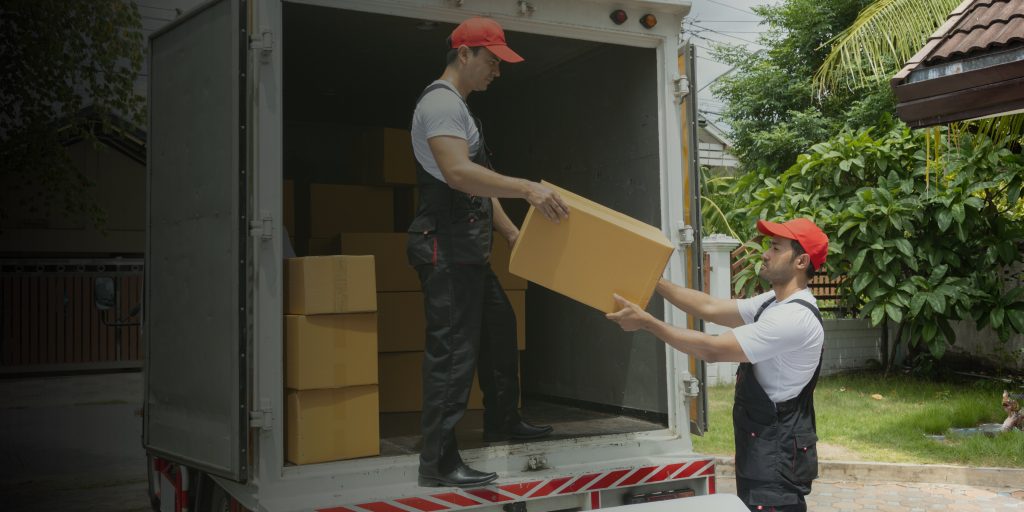Which Roof Is Likely to Be the Most Expensive? A New Jersey Homeowner’s Guide to High-End Roofing Choices
Which Roof Is Likely to Be the Most Expensive? A New Jersey Homeowner’s Guide to High-End Roofing Choices
If you’re a homeowner or developer in New Jersey, you may be asking yourself, “Which roof is likely to be the most expensive?” Whether you’re building a luxury home in Bergen County, replacing a historic roof in Essex County, or simply upgrading your property in Monmouth County, understanding the most costly roofing options available can help you budget more accurately and make a well-informed decision.

Let’s break down the roofing materials and systems that come with premium price tags—and explore why they’re so expensive in the unique housing market and climate of New Jersey.
The Cost of Roofing: More Than Just Materials
When people think of roofing expenses, they often consider just the material. But the total cost of a roof includes:
- Material cost per square foot
- Complexity of installation
- Labor costs in New Jersey
- Local roofing permit requirements
- Energy efficiency and lifespan
- Specialty finishes or architecture (e.g., steep slopes or dormers)
In NJ, where weather conditions range from snowy winters to humid summers, selecting the right climate-resistant material is essential—and premium options are built to endure.
Top Contenders: The Most Expensive Roofing Materials in NJ
Here are the most premium roofing systems available in New Jersey, ranked from high-end to the ultra-elite tier:
1. Natural Slate Roofing – The King of Roofing Costs
Average cost in New Jersey: $30–$50 per square foot (installed)
Slate is a natural stone known for its timeless aesthetic, durability, and luxurious status. It’s a common sight on historic homes throughout Princeton, Hoboken, and high-value neighborhoods in Short Hills.
Why it’s expensive:
- Extremely heavy (requires reinforced roofing structure)
- Requires skilled NJ contractors like CJ Commercial Roofing NJ for precise installation
- Difficult and time-consuming to install
- Can last over 100 years, increasing value over time
Ideal for:
- Historic home restorations
- Luxury custom builds
- High-end properties aiming for a premium resale value
2. Copper Roofing – Architectural Art Meets Function
Average cost in NJ: $25–$40 per square foot
Copper isn’t just a roofing material—it’s a statement piece. Its striking appearance and ability to patina into a bluish-green over time make it a favorite for custom homes, government buildings, and upscale estates in Morris County and Somerset County.
Why it’s so pricey:
- Material cost is sky-high due to copper’s market value
- Requires specialized labor and tools
- Offers extreme longevity—up to 100 years
- Highly resistant to fire, mold, and pests
- Low maintenance and recyclable
Note:
Copper roofing is often used in accents, dormers, or turrets—but full-roof copper installations are a rare and exclusive choice.
3. Clay Tile Roofs – Mediterranean Vibes in New Jersey
Cost in NJ: $20–$35 per square foot
Clay tiles, often associated with Spanish-style architecture, are heavy-duty, long-lasting, and visually distinctive. While more common in warmer states, high-end homes in South Jersey coastal areas like Cape May may use clay tile for its style and weather resistance.
Pros:
- Natural thermal insulation
- Can last 50–100 years
- Eco-friendly and fire-resistant
Cons:
- Heavy and fragile
- High installation labor costs
- Requires roof reinforcement
4. Standing Seam Metal Roofs – Modern Luxury
Average cost in NJ: $12–$20 per square foot
Metal roofing—especially standing seam panels—is now seen on modern farmhouse-style and luxury eco-homes in areas like Hunterdon County. With sleek lines and solar panel compatibility, it’s popular among sustainability-focused homeowners.
High costs come from:
- Custom fabrication
- Skilled labor for waterproof seams
- Insulation and underlayment complexity
Bonus:
Metal roofs reflect heat, making them energy efficient—a major plus for New Jersey summers.
Labor & Logistics: Why NJ Roofs Cost More
In New Jersey, roofing labor rates are higher than in many other states, particularly in metro-adjacent zones like Jersey City and Newark. Union rules, labor insurance, and material delivery costs all contribute to the elevated price.
Plus, permitting costs vary by county. For instance, Middlesex County may require additional inspections or engineering if you’re installing heavy materials like slate or clay.
Lifespan vs. Cost: Is the Investment Worth It?
| Roofing Type | Lifespan | Average Installed Cost (NJ) |
|---|---|---|
| Slate | 100+ years | $30–$50 per sq. ft. |
| Copper | 80–100 years | $25–$40 per sq. ft. |
| Clay Tile | 50–100 years | $20–$35 per sq. ft. |
| Metal (Standing Seam) | 40–70 years | $12–$20 per sq. ft. |
When you compare this to asphalt shingles—which cost around $4–$7 per sq. ft. but only last 15–30 years—the investment in premium roofing becomes more logical for long-term value and curb appeal.
Climate Considerations: NJ-Specific Factors
New Jersey’s four-season climate requires roofs that can:
- Handle snow load
- Resist salt spray in coastal areas
- Withstand thunderstorms and hail
- Be energy-efficient during humid summers
Materials like slate and metal handle temperature fluctuations well. Clay tiles, while elegant, may crack during extreme freeze-thaw cycles unless specially treated.
Do Expensive Roofs Increase Home Value in NJ?
Absolutely. According to Zillow and NJ real estate professionals, homes with premium roofing can command significantly higher listing prices—especially in competitive markets like Chatham, Montclair, or Asbury Park. A slate or copper roof can add tens of thousands in perceived value, particularly in historically zoned districts where aesthetic integrity matters.
Final Thoughts: Which Roof Is Most Expensive in New Jersey?
The answer is: Natural slate, followed closely by copper. But the most expensive roof isn’t just about materials—it’s about:
- Labor intensity
- Permitting challenges
- Structural reinforcements
- Custom craftsmanship
So when asking “Which roof is likely to be the most expensive?”—know that in New Jersey, it’s not just the stone or metal you’re paying for—it’s a long-term investment in durability, prestige, and architectural excellence.
Pro Tip: Work With Specialized NJ Roofing Contractors
Whether you’re in Cherry Hill, Trenton, or Hackensack, make sure to:
- Request quotes from licensed and insured roofers like CJ Commercial Roofing NJ
- Check for slate or metal roofing experience
- Verify local permit requirements
- Ask about lifetime warranties on high-end roofs
A quality installation ensures that your premium roof performs as well as it looks—for decades to come.




